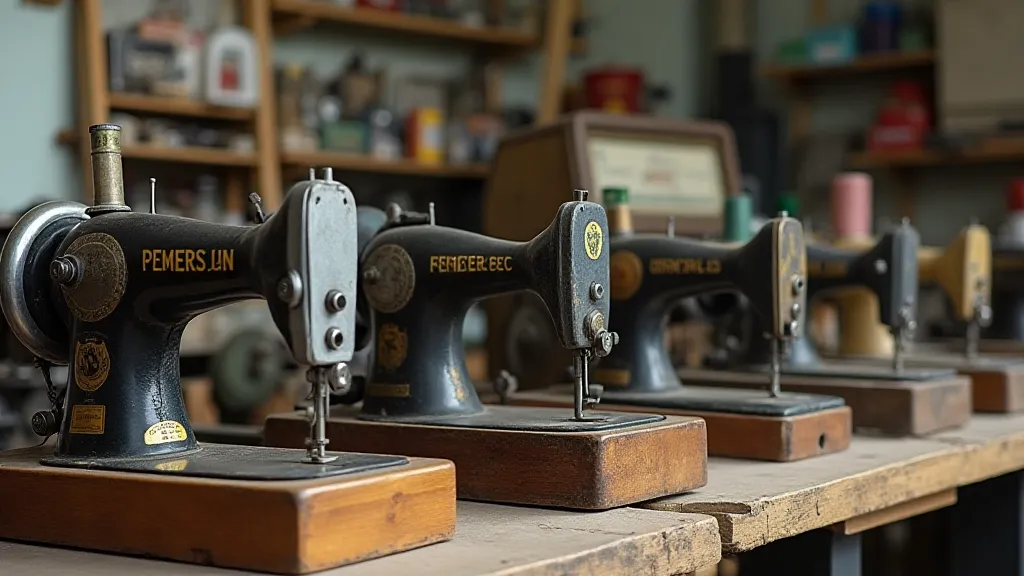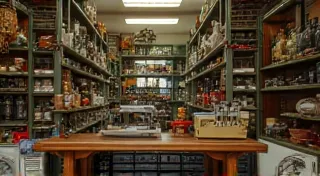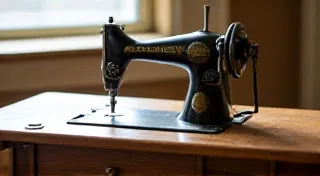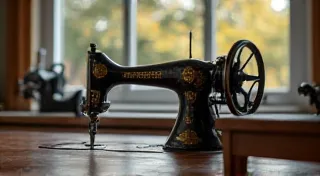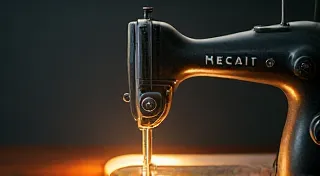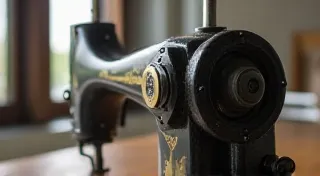The Global Reach of Antique Sewing Machines: Variations by Region
The story of the antique sewing machine isn't just an American or European one. While Elias Howe and Isaac Singer are rightly celebrated as pioneers, the development and production of these remarkable machines spread rapidly across the globe. As manufacturing techniques improved and industrialization took hold, regional variations in design, style, and branding arose, reflecting local tastes, available materials, and the unique challenges of each area. This article explores those fascinating differences, showcasing how the humble sewing machine adapted and thrived in diverse corners of the world.
The Early Dominance & Adaptation (1850s - 1890s)
The initial burst of sewing machine innovation, concentrated primarily in the US and Europe (particularly England and Germany), established a blueprint that other nations would follow. However, direct imitation wasn’t always the goal. Early adopters often attempted to improve upon existing designs using locally sourced materials and incorporating elements from other industries. The high cost of imported parts meant that inventive adaptations were crucial for local production.
Japan: The Singer Influence and Indigenous Innovation: Japan's embrace of Western technology in the Meiji Restoration (1868) was swift and thorough. Singer machines were among the first to be imported, and they quickly became a symbol of modernization. Japanese companies like Masushige Sewing Machine Co. and Mitsuhoshi Sewing Machine began manufacturing their own versions, often remarkably similar to Singer models. However, unique features started to emerge. For example, Japanese machines were often built with a focus on durability and ease of repair, reflecting the resourcefulness required in a developing industrial landscape. The use of distinctive Japanese script on decals and branding also differentiated them.
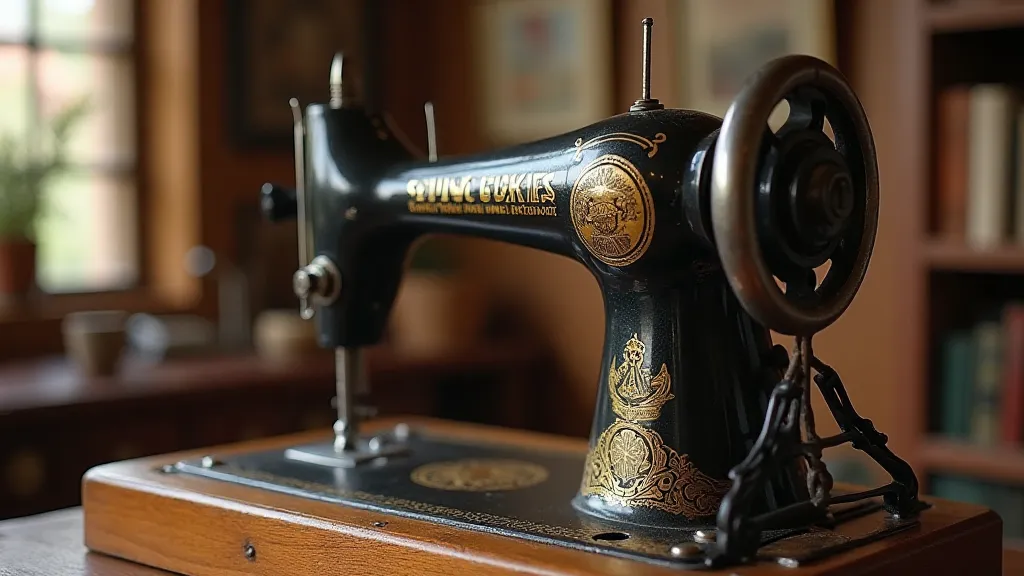
Australia & New Zealand: Rugged Design for a Harsh Environment: In the British colonies of Australia and New Zealand, sewing machines were prized for their versatility – used not only for clothing but also for repairing saddles, tents, and other essential gear for farming and pastoral life. This demand influenced machine design. While many early machines were imported from England, local manufacturers like the Australian Sewing Machine Company in Victoria began producing robust, no-frills machines designed to withstand the rigors of rural use. These machines frequently featured simpler mechanisms and more durable construction.
Russia & Eastern Europe: Adaptation and "People's Machines": The industrial revolution arrived later in Russia and other Eastern European nations. Sewing machine production often involved licensing agreements with Western manufacturers or the creation of factories producing machines at lower price points to serve a wider population. These “people’s machines,” as they were sometimes known, often lacked the elaborate decoration and fine craftsmanship found on more expensive Western models. However, they were vitally important in providing sewing capabilities to a large segment of the population.
The Rise of Regional Styles (1900-1930)
As the 20th century dawned, distinct regional characteristics became even more pronounced. While the underlying mechanics remained largely consistent, stylistic differences and branding strategies tailored to local tastes emerged.
Continental Europe: Artistic Flourishes & National Pride: In countries like France, Germany, and Austria, sewing machine manufacturers increasingly incorporated artistic elements into their designs. Elaborate cast iron bases, decorative decals featuring national symbols, and ornate detailing became common. These machines weren’t just tools; they were statements of national pride and craftsmanship. German manufacturers, in particular, were known for their precision engineering and elegant design. French manufacturers often emphasized the artistry of their machines.
South America: Bright Colors and Practicality: In South America, sewing machine production followed a somewhat different path. While early machines were often imported, local manufacturers like the Tagus Sewing Machine Company in Brazil began producing their own models. These machines were often characterized by bright colors, practical designs, and a focus on affordability. The vibrant colors reflected the region's culture and the desire to create appealing, accessible products.
India & Southeast Asia: Hand-Crank Alternatives & Colonial Influence: The spread of sewing machines in India and Southeast Asia was complex, often intertwined with colonial influences. While treadle and hand-crank models were introduced, hand-crank machines proved particularly popular, reflecting the prevalent use of manual power. The designs often incorporated elements of local aesthetics and craftsmanship, though they were frequently based on Western designs. The lower cost and ease of operation of hand-crank models made them accessible to a wider population.
Post-War Variations and Decline (1945 - 1970s)
The aftermath of World War II brought significant changes to the global landscape. The availability of cheaper materials and mass production techniques led to a homogenization of sewing machine designs, but regional differences continued to exist, albeit in more subtle ways.
Latin America: Mass Production and Local Brands: South American factories embraced mass production methods, churning out machines at affordable prices. Local brands became more prevalent, often competing directly with international giants. The emphasis shifted towards functionality and cost-effectiveness.
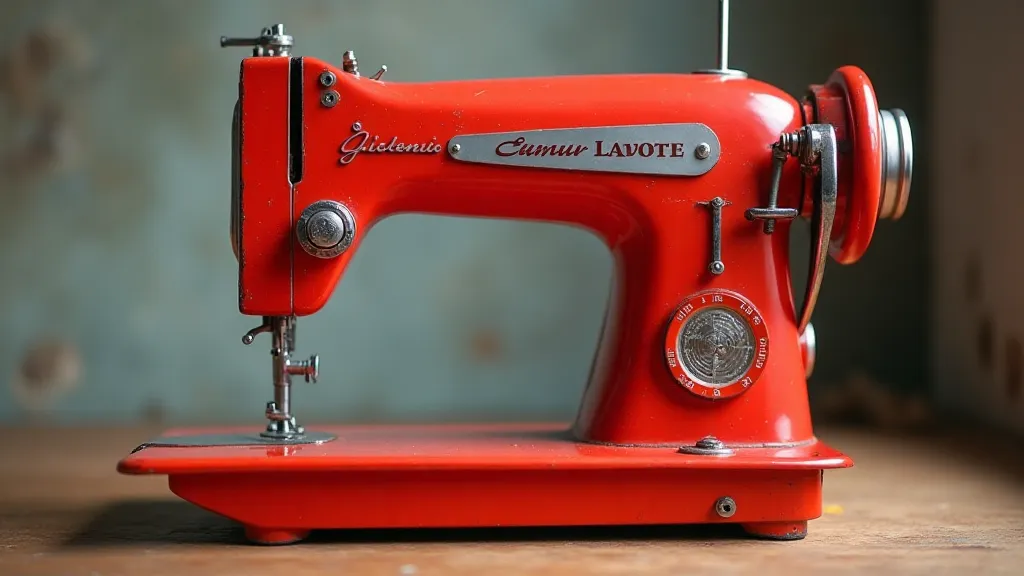
Africa: Adaptation for Local Textiles & Repairability: In Africa, sewing machines played a crucial role in the growing textile industry. Machines were often adapted to handle local fabrics, such as cotton and raffia. Repairability was paramount, as access to replacement parts was limited. The durability and simplicity of these machines were highly valued.
The Slow Fade & the Collector's Perspective**: As the rise of electronic sewing machines began to take hold in the 1970s, production of traditional mechanical machines declined. However, the legacy of these diverse regional variations remains, offering a fascinating glimpse into the interplay of technology, culture, and industrial development. Today, collectors prize these machines not only for their functionality but also for the unique story they tell about the global reach of a truly revolutionary invention.
